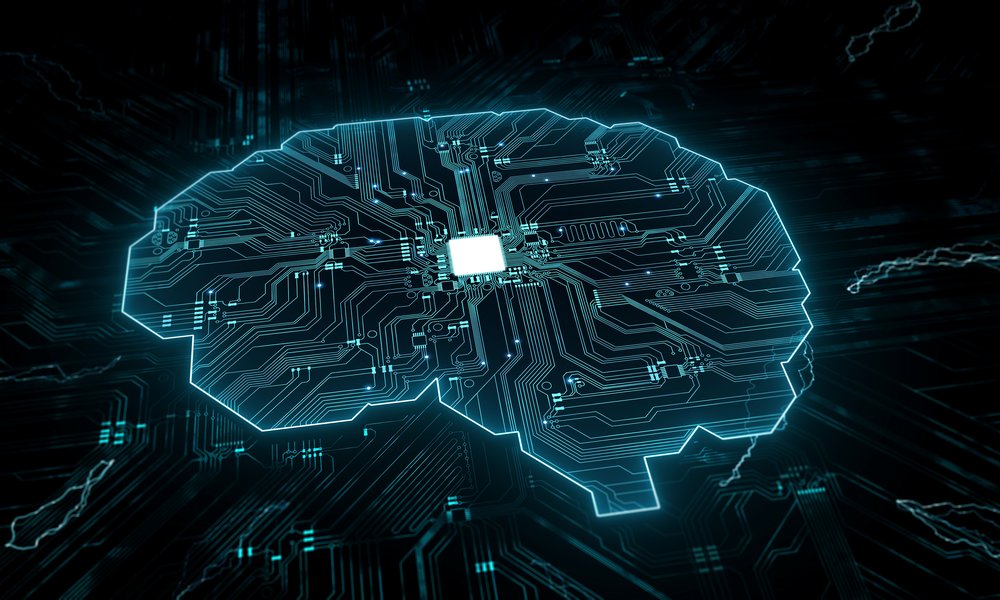The NeuroNOC: The self-healing network brain Catalyst is using generative AI to combine and analyze network operations data from many different sources to enable CSPs to automate the swift and accurate resolution of faults and issues. As well as substantially lowering costs, the proposed solution should significantly improve customer experience.

How genAI can transform network operations
Commercial context
CSPs are grappling with multiple challenges in network operations. These include long delays in diagnosing the root cause of faults and identifying the right solutions, making unnecessary changes in the network (and then rectifying these changes), and becoming proactive in assurance. The result can be poor customer experience and inefficient operations. CSPs have been trying to address these issues by deploying autonomous networks that can run themselves seamlessly and efficiently. But despite significant investment, most CSPs have struggled to implement Level 4 autonomous networks that can manage themselves in most circumstances.
“Network data is often fragmented across organizational silos and data quality issues can undermine automation efforts,” explains Girish Mahajan, Senior Manager, Tech Solution Architect, BT Group. “The reliance on seasoned experts means that critical knowledge is often siloed, making it difficult to adopt new technologies and processes. As networks grow and change, the need for dynamic, intelligent automation becomes more pressing where traditional methods struggle to keep pace.”
Solution
Through the sophisticated curation of telecoms-specific domain data, the NeuroNOC: The self-healing network brain Catalyst is developing systems based on generative AI (genAI) that can manage network operations. This process involves fine tuning large language models into focused small language models that can immediately identify the root causes of faults and potential solutions. Through this specialized training, the team anticipates the system will achieve unprecedented accuracy in diagnosing and resolving problems. “GenAI is a game changer in this landscape,” notes Girish Mahajan, a Champion of the Catalyst. “Our solution leverages its power to revolutionize network data analysis using both structured and unstructured data, creating a smarter, more adaptive network management system.”
To optimize the AI, the Catalyst is developing a common data layer that combines and correlates all the relevant network data. Using both predictive AI and genAI to learn with minimal input from network experts, the common fabric will aggregate data from alarms, performance, configs, topology, logs and results in single pane of glass. The solution will then recommend accurate, immediate, detailed and automated resolutions to network issues, as well as supporting intent-based service assurance. To enable this closed loop actuation, the catalyst is employing the TM Forum’s Open Data Architecture and APIs, including the Service Ordering Management and Resource Activation and Configuration APIs.
“With this genAI and agentic framework, we discover the network topology, analyze the issues, visualize the customer impacts, identify the root cause quickly, plan the resolution steps and execute the remediation with remarkable precision and efficiency,” explains Aziza Najeeb Khamis Al Zadjali, Strategist – tools and digital transformation in technical operations at Omantel, another Champion of the Catalyst.
Applications
The team will directly measure the impact of the resulting solution by tracking how it reduces costs and effort in Level 1, 2 and 3 autonomous network operations. A goal is also to reduce the wastage resulting from incorrect or unnecessary changes to the network, time spent on service operating manuals and the poor performance of the network due to incorrect or suboptimal configurations.
"By integrating AI-powered chatbots, AI agents, and closed-loop automation, Omantel can accelerate troubleshooting and incident resolution, minimize manual intervention and reduce human error,” notes Aziza Najeeb Khamis Al Zadjali. “Proactive management of specific network issues, such as AMF overload and database synchronization failures, enables Omantel to prevent disruptions and maintain high-quality network performance.”
The project team anticipates CSPs implementing its solution will cut repair times by up to 70%, manual troubleshooting efforts by 80%, and operational costs in half. “And we are very confident that this type of solution will enable the operator to step up to level 4 and level 5 of TM Forum’s autonomous networks,” adds Aziza Najeeb Khamis Al Zadjali.
Wider value
As well as cutting costs, the Catalyst believes its solution will prevent service impacts through the early detection of potential faults. This will reduce revenue loss from service outages and improve customer satisfaction scores. Omantel hopes to provide its customers with a "zero-wait, zero-touch, zero-trouble" experience. The solution could also help CSPs optimize resource allocation through automated surveillance. In addition to BT and Omantel, Telecom Argentina, Turknet, Axian Group and Safaricom are Champions of the Catalyst.
“In practice, we will make a fundamental shift in network operations,” predicts Girish Mahajan of BT. “Our genAI agents will act as virtual network engineers, analyzing issues, planning resolution steps, and executing fixes with remarkable precision and efficiency.” For Omantel, the project is well aligned with its broader digital transformation goals, “positioning the company as an industry leader and innovator, supporting economic growth in Oman, and contributing to social and environmental well-being by optimizing resource use and reducing energy consumption in line with sustainability objectives,” concludes Aziza Najeeb Khamis Al Zadjali.